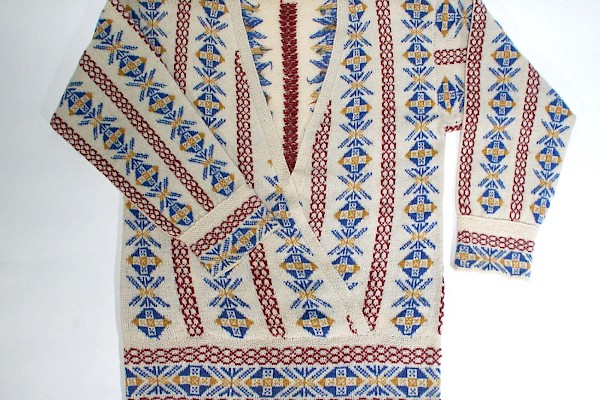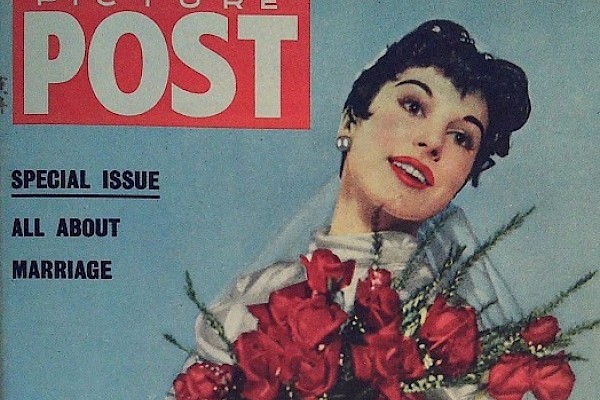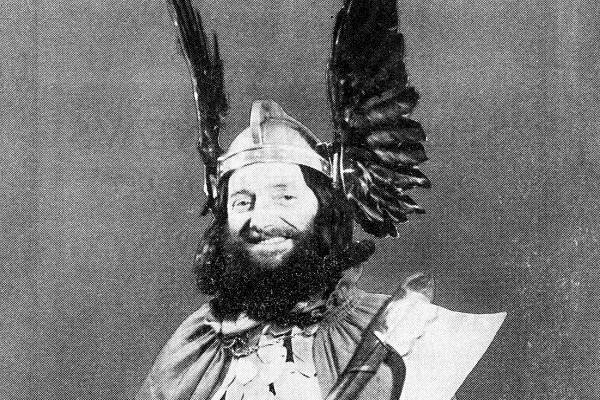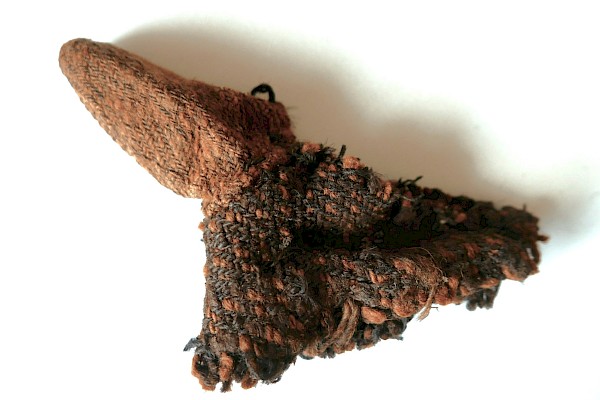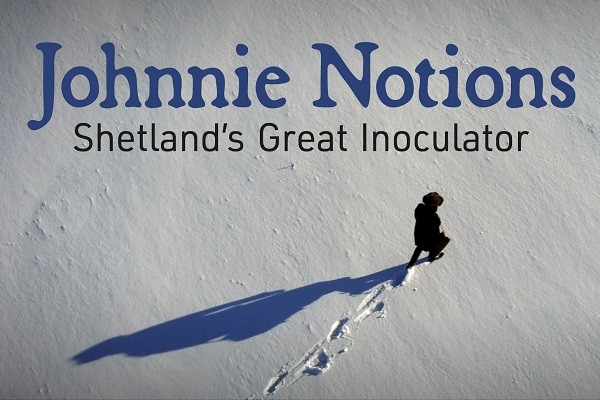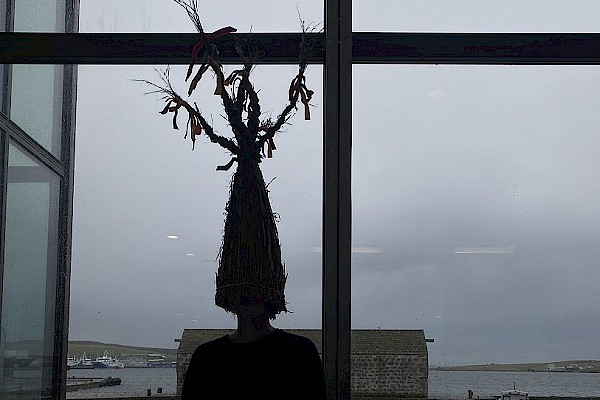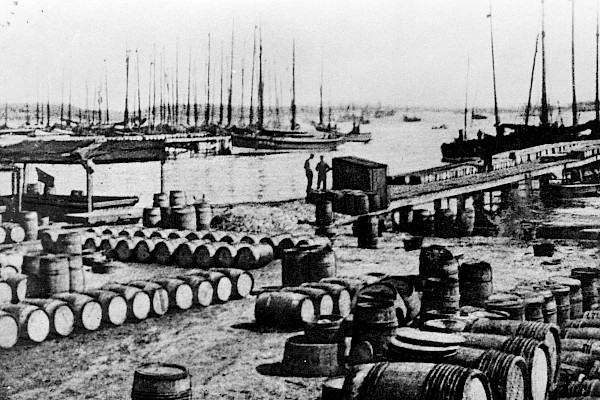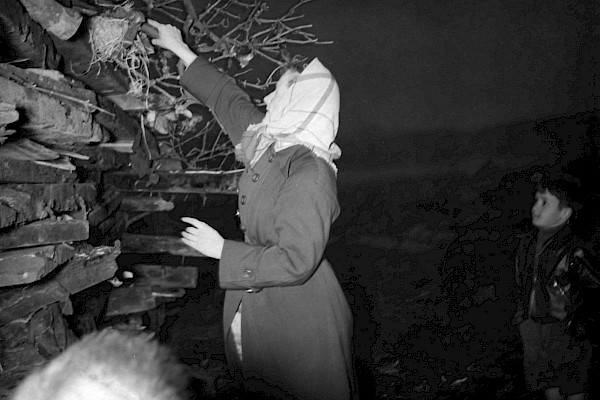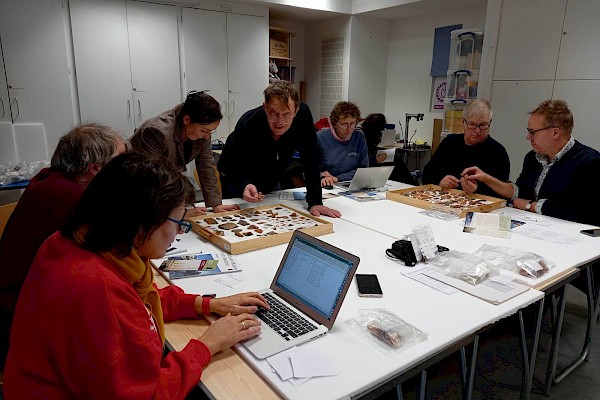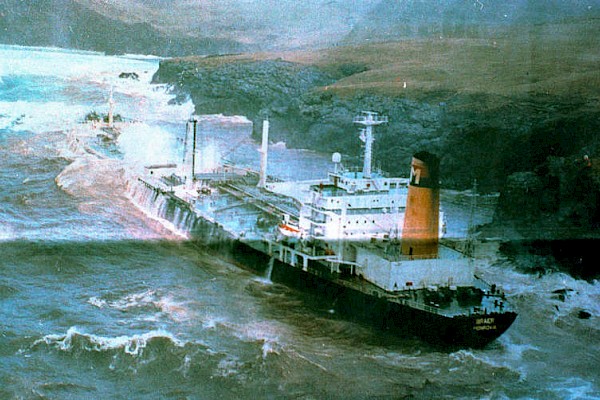A Day in Bigga
Bigga, a little island in Yellsound, 80 hectares in extent, is not easy to visit. It has been uninhabited for 200 years, largely ignored since the 1820s except by landowners and their shepherds. The isle has a curious history.
There are signs of human activity in the far north and far south of it. At the north-east end is what Shetlanders have always regarded as a broch. They called it Sheetsbrough, a name which may be connected to the Old Norse verb skjóta, to shoot out.
In 1930 inspectors of the Royal Commission on the Ancient and Historic Monuments of Scotland visited the isle. They decided that the broch was a burial cairn from the Stone Age. The Ordnance Survey agreed, and quietly changed the legend on their maps from ‘Brough’ to ‘Cairn’.
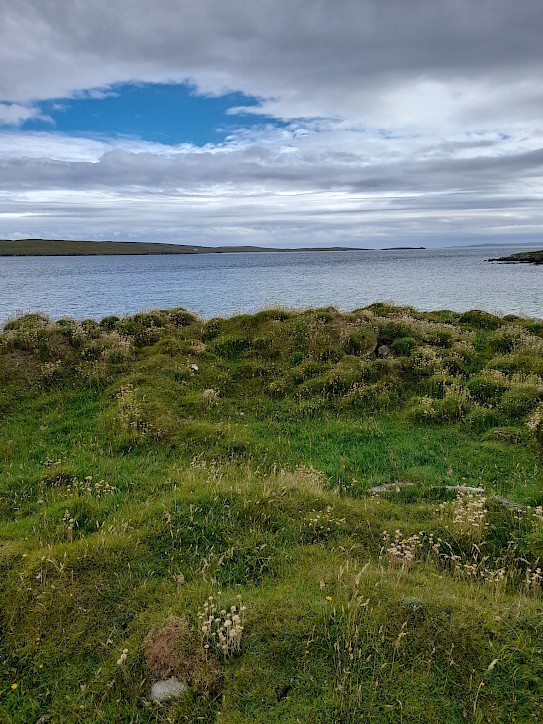
The view from Sheetsbrough to the broch of Cuppister.
It is far more likely that the Shetlanders were right. Sheetsbrough looks like a small broch, and the seashore is not a likely place for a cairn. Sheetsbrough has an unmatched view of the broch of Cuppister in South Yell, and if it was perhaps 15 feet high I suspect that it would also have been able to see the broch at Brough in Delting. Shetland brochs were often intervisible, and it looks to me as if Sheetsbrough was that kind of a half-way house, between brochs in Delting and Yell.
(By the way, Bigga had a not dissimilar function during World War One. Right in the centre of the isle, at its highest part, is the platform of a naval lookout post).
Next to the broch is a little medieval house, which subsequent generations have called Norrabister: the north farm. The Royal Commission foolishly called it a ‘cottage’. The house was built from the stones of the broch. There seems to be no other settlement in the north part of Bigga.
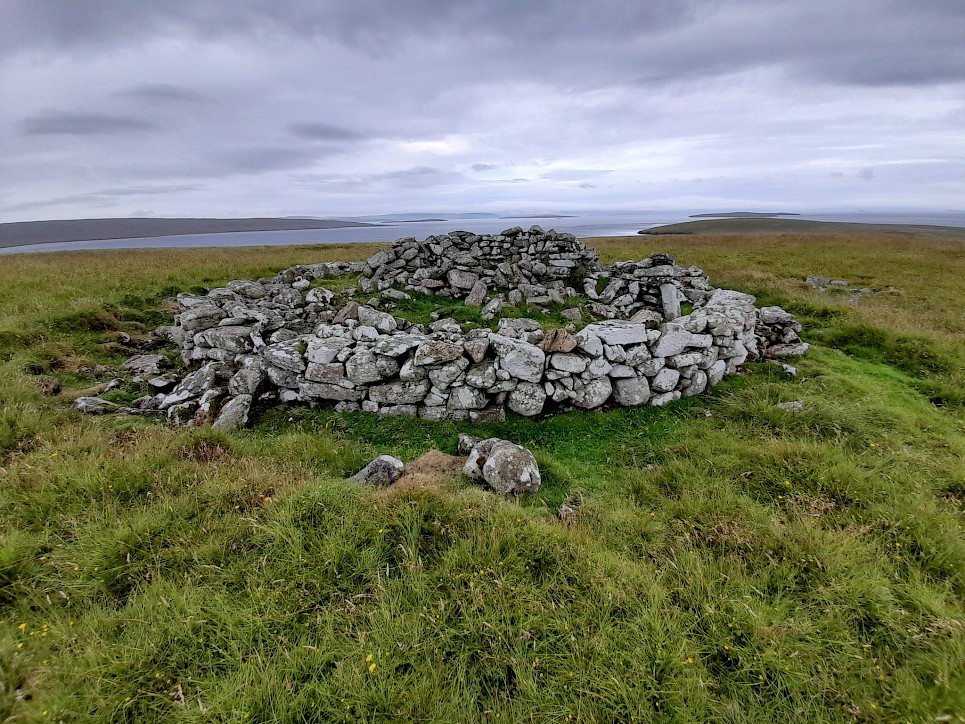
The little chapel at the south end of Bigga.
We know something about the island’s history in later times. Around 1600 it belonged to Hugh Sinclair of Brough in Nesting. When he died he had six cows, three oxen, 40 sheep and a fishing boat on the island. He also had tenants there. In 1634 his descendant Jean Bruce, of Strom in Whiteness, wrote a letter in Bigga. They must have had a manor house, but it has long since disappeared, as have the other houses.
There is no doubt that landlords and tenants lived at the south end of the isle. In the middle ages Bruce had had a predecessor: her or his tiny chapel and burial ground are there as well. The building is in relatively good state of preservation.
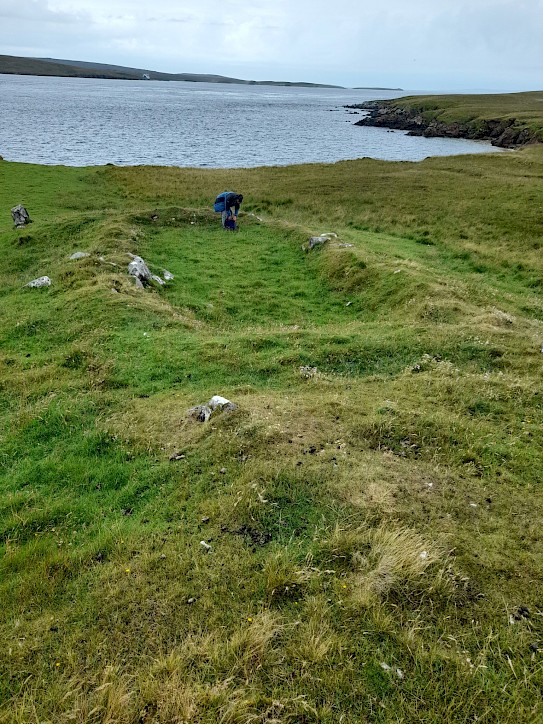
The medieval house at Norrabister.
In the 18th and early 19th centuries land was valuable in Shetland. The population of Bigga rose. In 1806 there were 25 or so people there. But the place must always have looked more valuable as a place for stock rather than humans. In the late 1820s the then proprietor, Gideon Gifford of Busta, evicted his Bigga tenants and leased the isle to one James Gardner.
Gideon built his tenant a little house which was known as the Haa of Bigga. It became a shepherd’s house when James departed, and was still in use by a shepherd at the time of the 1931 census.
The question arises: how did people and animals get on to the island? There seem to be traces of noosts at the south-west end. There was a corresponding noost at Brough in Delting for the Bigga boats when they ventured across Yellsoond. In later times the shepherd signalled across to Delting for a boat by hanging a white towel on his clothesline.
But cows, for instance, might have been a different matter. There is a flat rock at the north end called Oxenhellier, where, according to tradition, they were landed and taken off.
And there were other matters to keep in mind. There seems to have been no well on the isle. According to tradition water had to be imported from the little isle Uynarey to the north. Living on Bigga meant that there was a whole series of problems to overcome.
Mark Gardiner went in to Bigga with me. Thanks to Alan Beattie, Peder Gammeltoft and Ian Tait for information.
